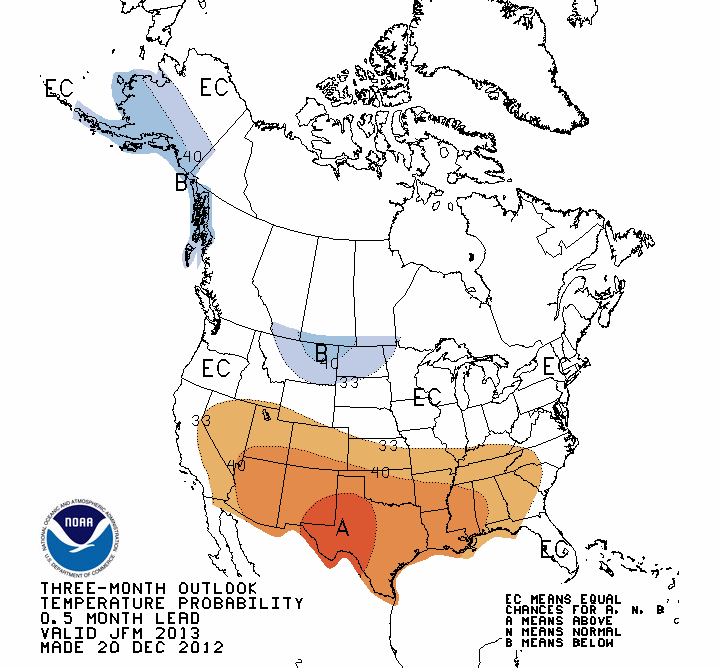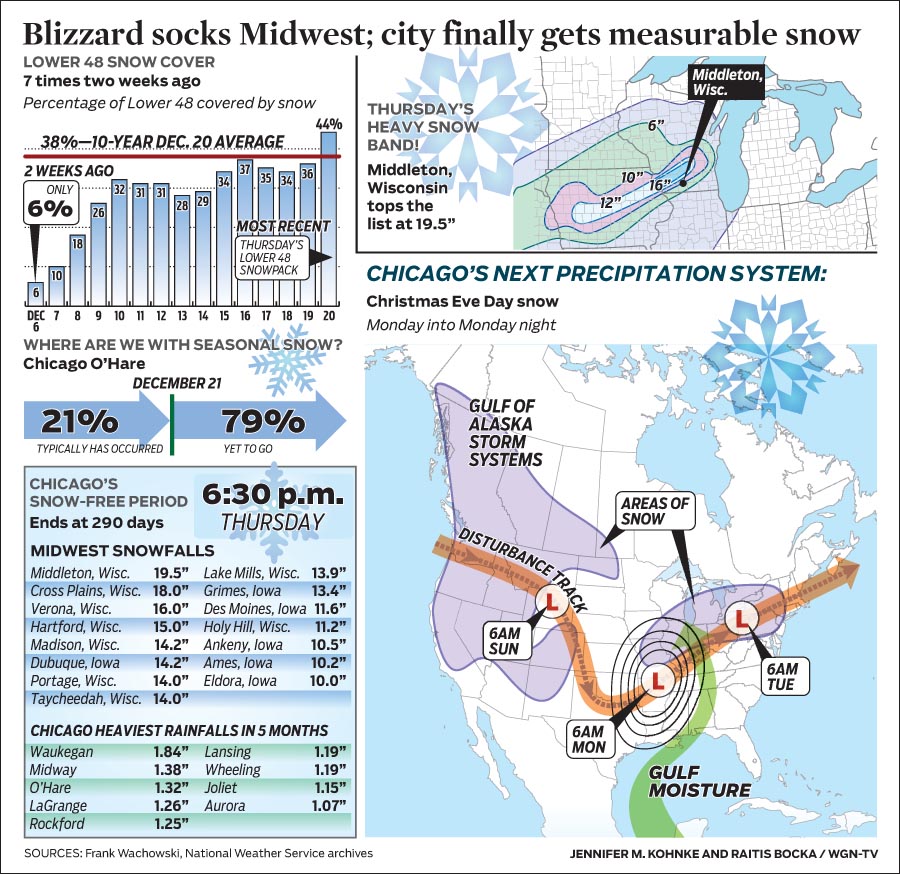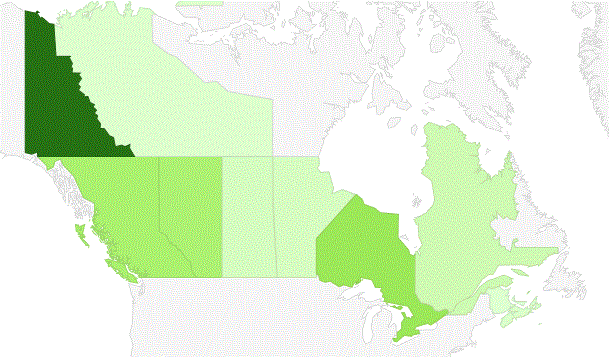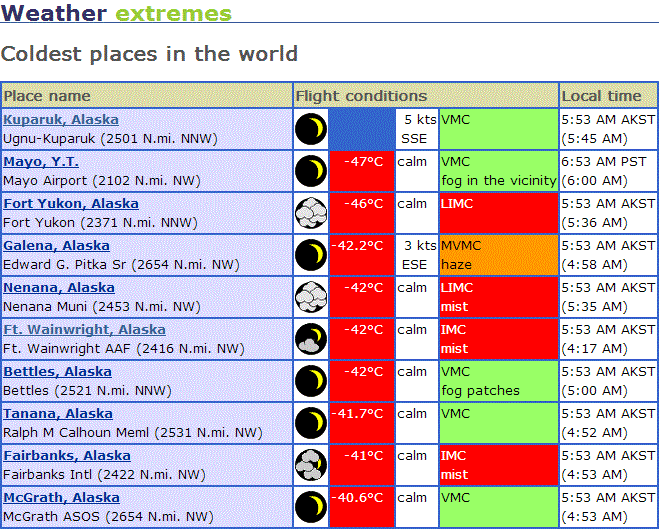I don't know how Amazon figures out what to recommend, nor do I know who's buying what from them. Sometimes I wonder, though, like when it gives me these helpful suggestions:

But of course it's important to have cookies when the revolution comes...
I still haven't gotten a holiday snap of No. 1 Nephew, so here's Winston Churchill Brendan again:

And here again is Roger, expressing exactly how I felt by 9pm yesterday:

XKCD tackles the astronomical and geographical challenges of following the Star of Bethlehem:
If the wise men leave Jerusalem and walk toward the star Sirius, day and night, even when it’s below the horizon, this is the path they follow over the surface:
If we allow a little theological confusion and assume the wise men can walk on water, they’ll eventually wind up going in an endless circle, 30 kilometers in diameter, around the South Pole.
Re-reading Matthew 2:7-10, however, I can't quite tell who the Magi were, what star they thought they were following, or what exactly they used to ascertain when it had showed them the location they sought. Possibly someone sent up a flare from the manger?
There he is, my sister's kid:

No, no, no. This is my sister's kid:

Sheesh.
Merry Christmas, kid. And dog.
You'll never guess where I am:

This is Chicago in December (though it looks and feels more like November). I tried flipping that photo between black & white and color a couple times, and I couldn't tell the difference.
Tonight I meet the nephews...
As I've reported before, Chicago's winter temperatures have more influence over summer temperatures than the reverse. The hypothesis is that if Lake Michigan can't give up its summer heat in the winter, it has less capacity to absorb the next summer's heat. But in the winter, cold air masses have more capacity to absorb the lake's heat than summer's warm air masses have to deposit it.
Well, if the weather so far is any indication, next summer will be brutal. We're not getting cold-enough air so far.
The last time the daytime high temperature was below freezing was February 25th, only the 12th day in 2012 to be as cold. Yesterday the temperature got up to freezing; today's, tomorrow's, and Tuesday's forecasts call for 1°C. The longer-range forecast calls for only three days with high temperatures below 0°C through the end of the year.
Through March, the Climate Prediction Center calls for normal temperatures:

Downtown Chicago got the merest whisper of snowfall last night; O'Hare, our official station, got enough to set two records—in the negative.
Just 200 km away, however, people got a little more than we did:
The Madison, WI area was at the epicenter of this storm’s heaviest snows. Snowfalls as of 10:30PM Thursday included: 300 mm at Lena in western Stephenson Co, IL and up to 300 mm or more across Jo Davies County in far northwest Illinois where 33 km of US 20 were closed from Galena to Elizabeth due to snow and blowing snow.
Those wondering where the big snows occurred must check out these eye-catching snow tallies out of areas farther north and west Thursday including 495 mm at Middleton, WI—just west of Madison. Other totals included: Cross Plains WI 460 mm; Verona WI 400 mm; Hartford WI 380 mm; Madison WI & Dubuque, IA 360 mm; Portage and Taycheedah WI 355 mm; Grimes IA 341 mm; Des Moines 295 mm; Ankeny IA 267 mm, Ames IA 260 mm and Eldora IA 254 mm.
In Lincoln Park, I didn't get a chance to brush the one snowflake off Parker's fur that I saw because it melted right away.
I'm in no hurry for snow, though. No, I am not.

Chicago has officially gotten measurable snowfall in the past couple of hours, ending the longest snow-free period in history. In the 291 days since March 4th, we haven't gotten more than a few flakes, less than the threshold 2.5 mm required to count as "measurable." The previous record, 280 days, was set in 1994.
This is also the latest day for our first snowfall; the previous record was set on 16 December 1965. (With only ten hours left until the solstice, you think it could have waited?)
Like so much of Chicago's weather, of course, when it changed today, it really changed:
The heaviest snow was expected to fall from 5 p.m. to 9 p.m. with wind gusts of 80 to 95 km/h. Seventy-five to 175 mm is expected in the far northwest suburbs, 50 to 100 mm in Chicago and 25 to 75 mm in the south and southwest suburbs.
The weather service says the winds will be the real problem. "We may not get a whole lot of snow but the potential for snowing, drifting and poor visibility is very high," weather service meteorologist Mark Ratzer said.
In its storm warning, the weather service said the greatest chance of near white-out conditions is near the shoreline in Lake and Porter counties in Indiana. The storm warning is in effect from 3 p.m. until 3 a.m. Friday.
In western Illinois and Wisconsin, a blizzard warning is in effect with as much as a foot of snow forecast. Snow could fall 25 to 50 mm an hour around Rockford late in the afternoon, the weather service said.
But this is Illinois. We can handle it: "IDOT was mobilizing more than 550 snow plows responsible for roads in northern Illinois while the Illinois Tollway was preparing its full fleet of 182 snow plows to try and clear the 286-mile network of toll roads in 12 counties in northern Illinois." I believe that number represents more snow plows than exist in the United Kingdom, but I could be wrong.
As I've noted before, only one Web application still lives in my living room the Inner Drive Technology Worldwide Data Center: Weather Now. In the last few days, it's showing one more good reason that it needs to get to Windows Azure pronto.
Take a look at my Google Analytics view of incoming visitors:

What is going on? How do I go from 300 daily unique visitors to 1,800 in two days? Take a look at where they're coming from:

Yes, that's right. Close to 40% of Weather Now's traffic came from the Yukon Territory yesterday. And another 40% came from Alaska. And they're all going to this page for some reason. This might be why:

So how does Azure enter into it? Simply, if you have a Web application running on your own server, and you get a 750% increase in traffic, your server may not be able to handle it. Or, worse in a way, you might have been running the server capable of handling the peak load all the time, at great expense in electricity and hardware.
With Azure, you can simply bring another instance online, or increase the size of your running instance, or do any number of things to adapt quickly to the increased load, without having to buy or move the hardware. Then, when the load returns to normal, you can spin down the idle capacity. The trick is, you only pay for the capacity you're actually using.
I'm getting a lot closer to moving Weather Now, but a deadline looming at my paying job tomorrow has my attention at the moment. So more on this stuff later. Meanwhile, if you're in the Yukon or in central Alaska, stay warm, folks!